BLOG POSTS
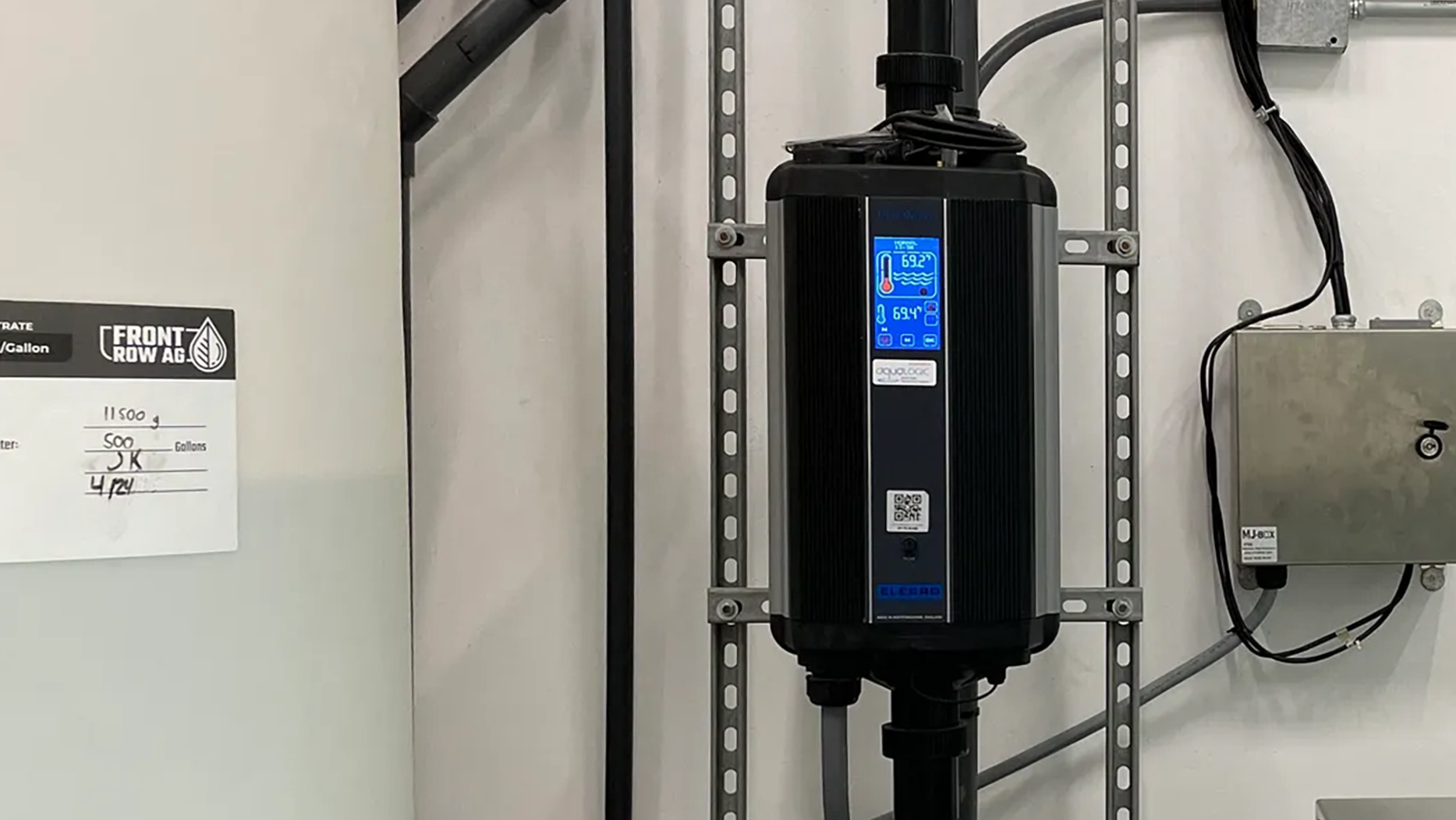
Water Temperature and Hydroponics
Water temperature is an underrated factor in hydroponics that affects nutrient solubility, oxygen levels, and root health. Ignoring it can lead to poor nutrient uptake, pathogen growth, and reduced yields. Maintaining an optimal 18-22°C (65-72°F) range ensures plant health and consistent crop quality.
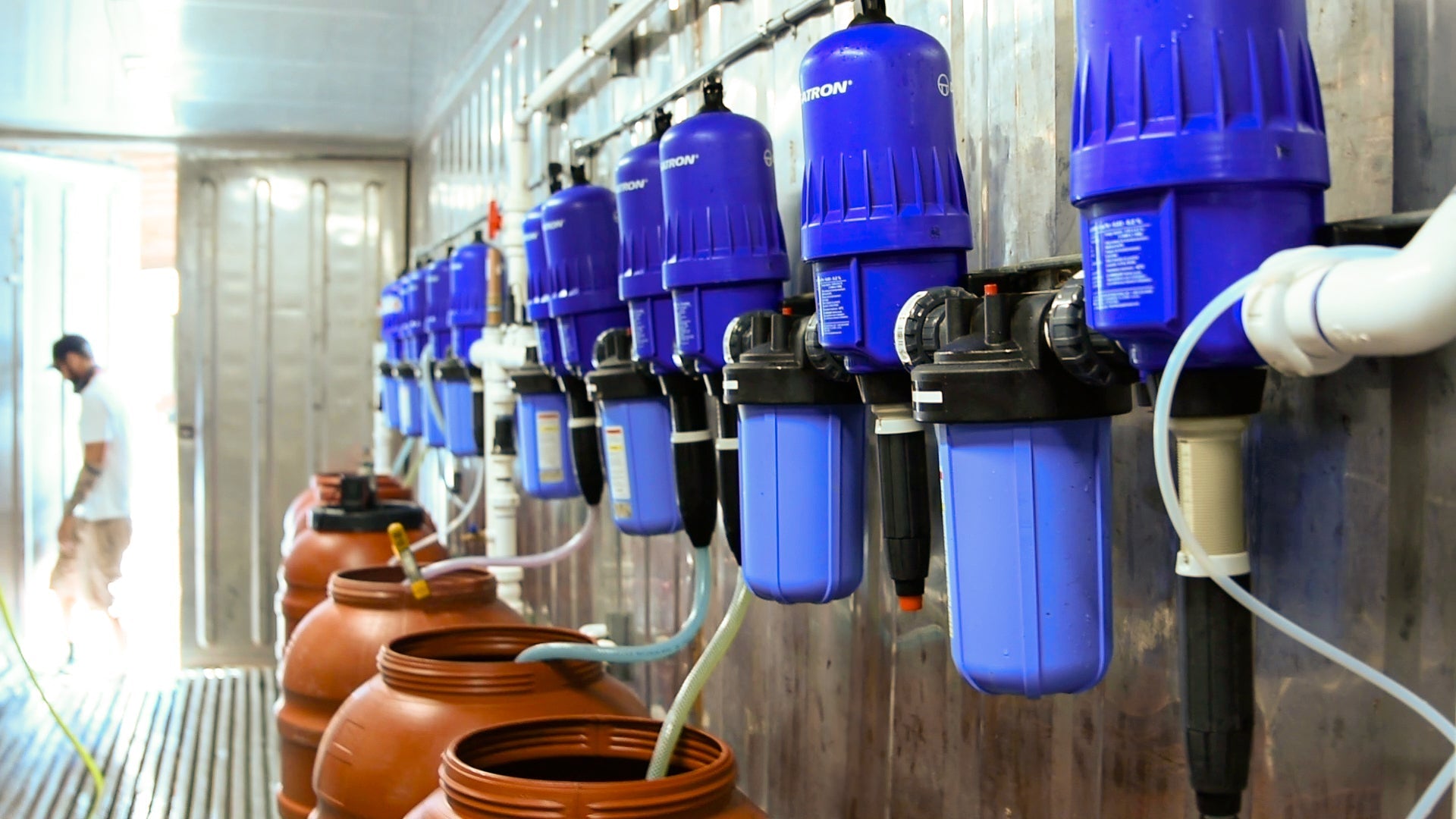
How to Configure Your Dosatron Panel for Front Row Ag Fertilizer
How to configure and optimize Dosatron fertigation system for precise nutrient delivery of Front Row Ag fertilizer.

7 Factors That Cause Precipitation in Hydroponics And How To Avoid Them
Precipitation in hydroponic solutions can lead to reduced nutrient availability, clogged emitters, and compromised plant health. This 3-part guide focuses on the causes, manifestations, and troubleshooting steps for precipitation.
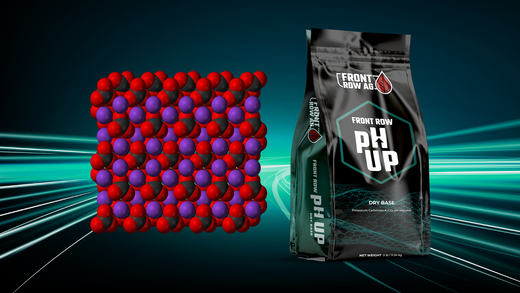
Potassium Carbonate for pH Up
Front Row pH Up, a professional-grade potassium carbonate supplement, exemplifies this advanced approach to pH management - delivering safer, more reliable nutrient solution maintenance while protecting system components and optimizing nutrient availability.
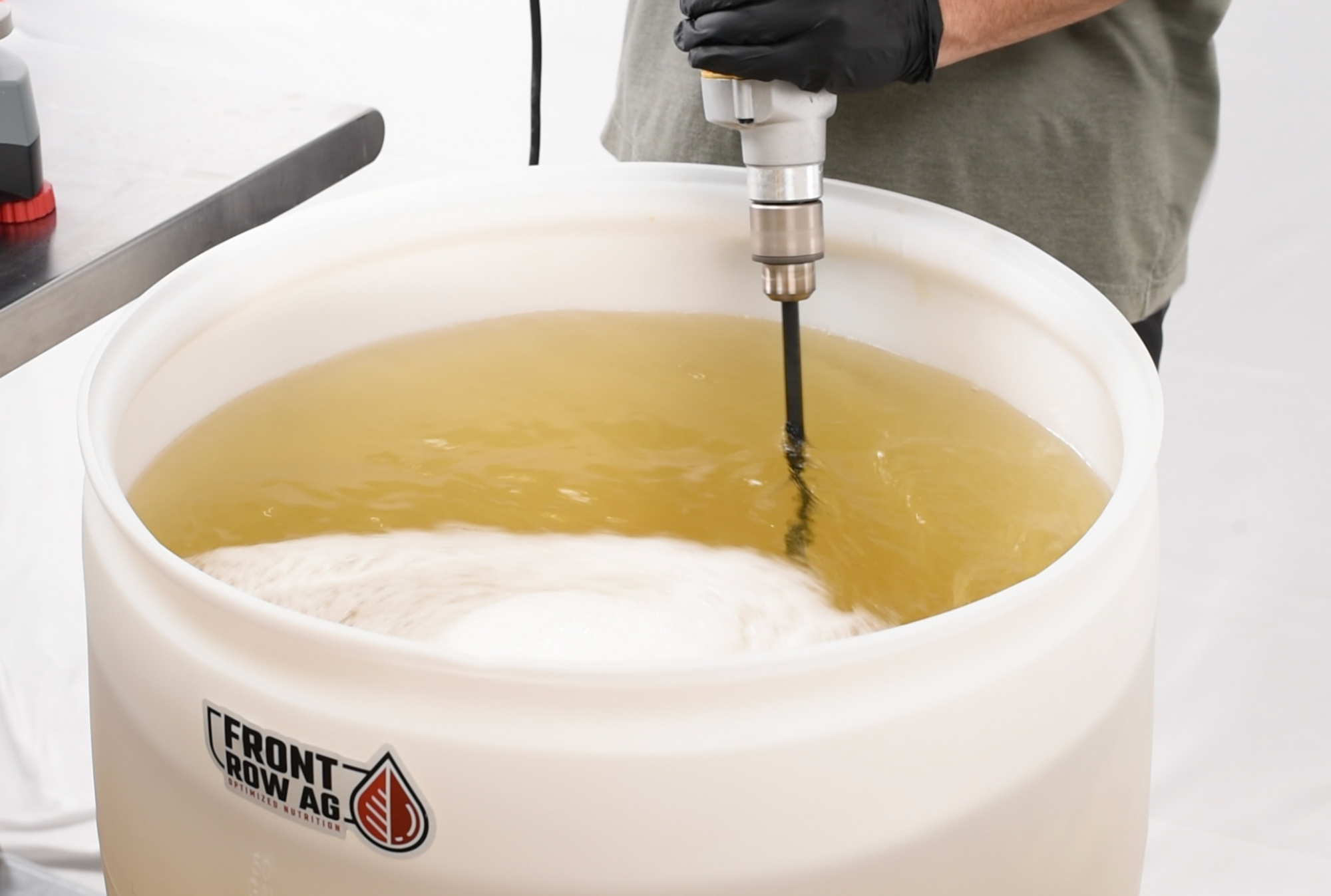
Understanding Front Row Ag Feed Charts
A technical guide to Front Row Ag Feed Charts covering stock concentrate methods (3-2-2) vs. direct-to-reservoir (DTR), along with phase-specific recipes designed to optimize plant performance throughout the growth cycle.

Understanding EC Contributions: A Technical Guide for Cultivators
Front Row Ag provides precise EC contribution data for each fertilizer component. This enables cultivators to customize nutrient recipes and confidently control concentration throughout growth. Learn how and why we include "EC Contributed" in our feed charts, and how you can use it to improve your grow.

What Causes Irrigation Line Clogs? Monitoring & Maintenance Best Practices
A guide to irrigation system clogs in cultivation - their causes and effective solutions. Learn how to prevent, identify, and address blockages through best practices in water treatment, nutrient management, irrigation system design, monitoring, maintenance and more. 3 case studies included!
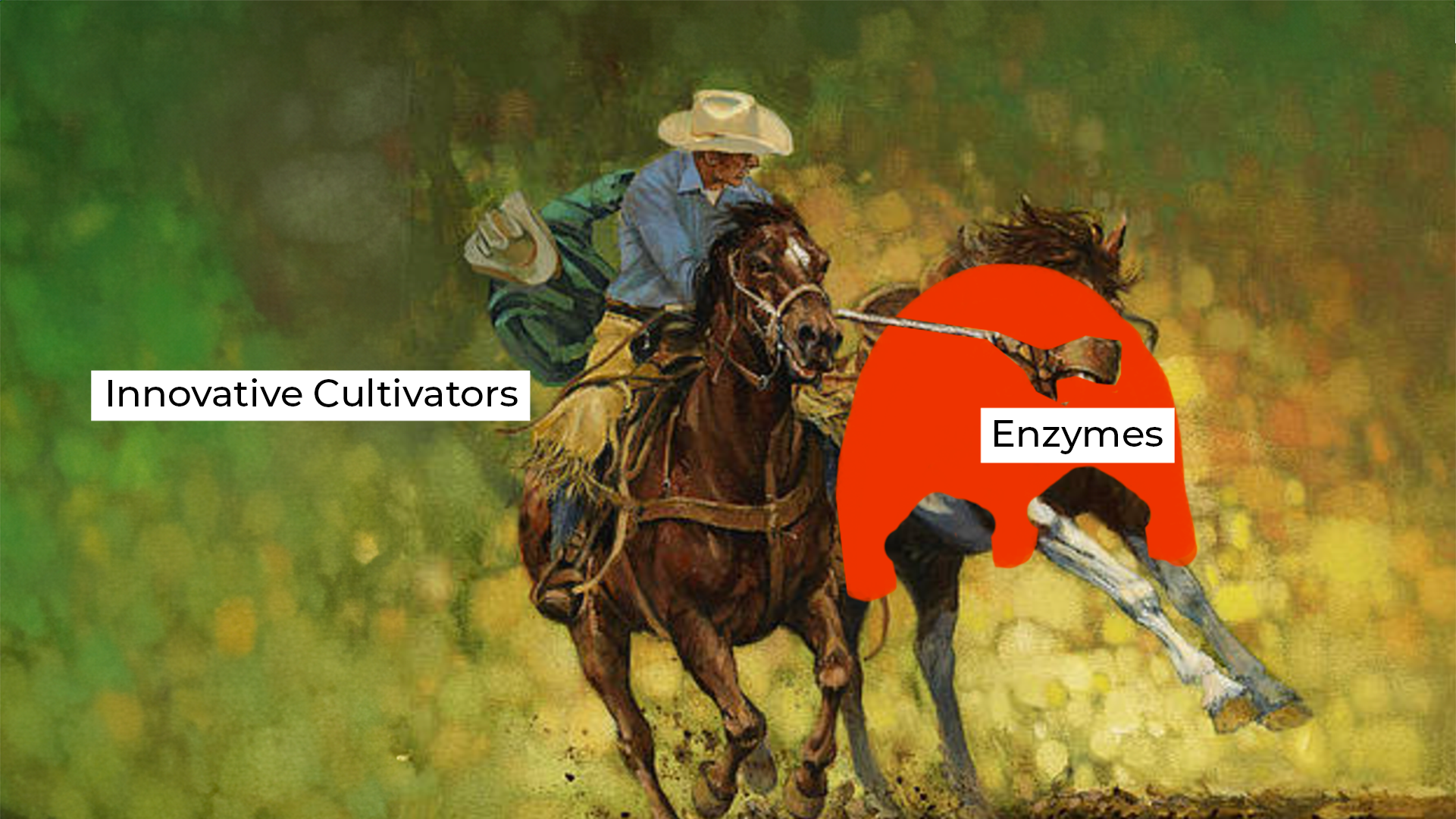
4 Reasons Why Innovative Cultivators Are Harnessing Enzymes in Hydroponics
Enzymes such as phosphatase and mannanase drive critical processes like digestion and nutrient cycling. Learn how enzymatic products like Phoszyme are made, how they work, and the positive effects they have on your grow.

pH in Practice
Adjusting pH levels, choosing from common bases and acids for pH adjustment, understanding the sequence of pH adjusters for fertigation systems, and the importance of calibration and accurate pH measurement.
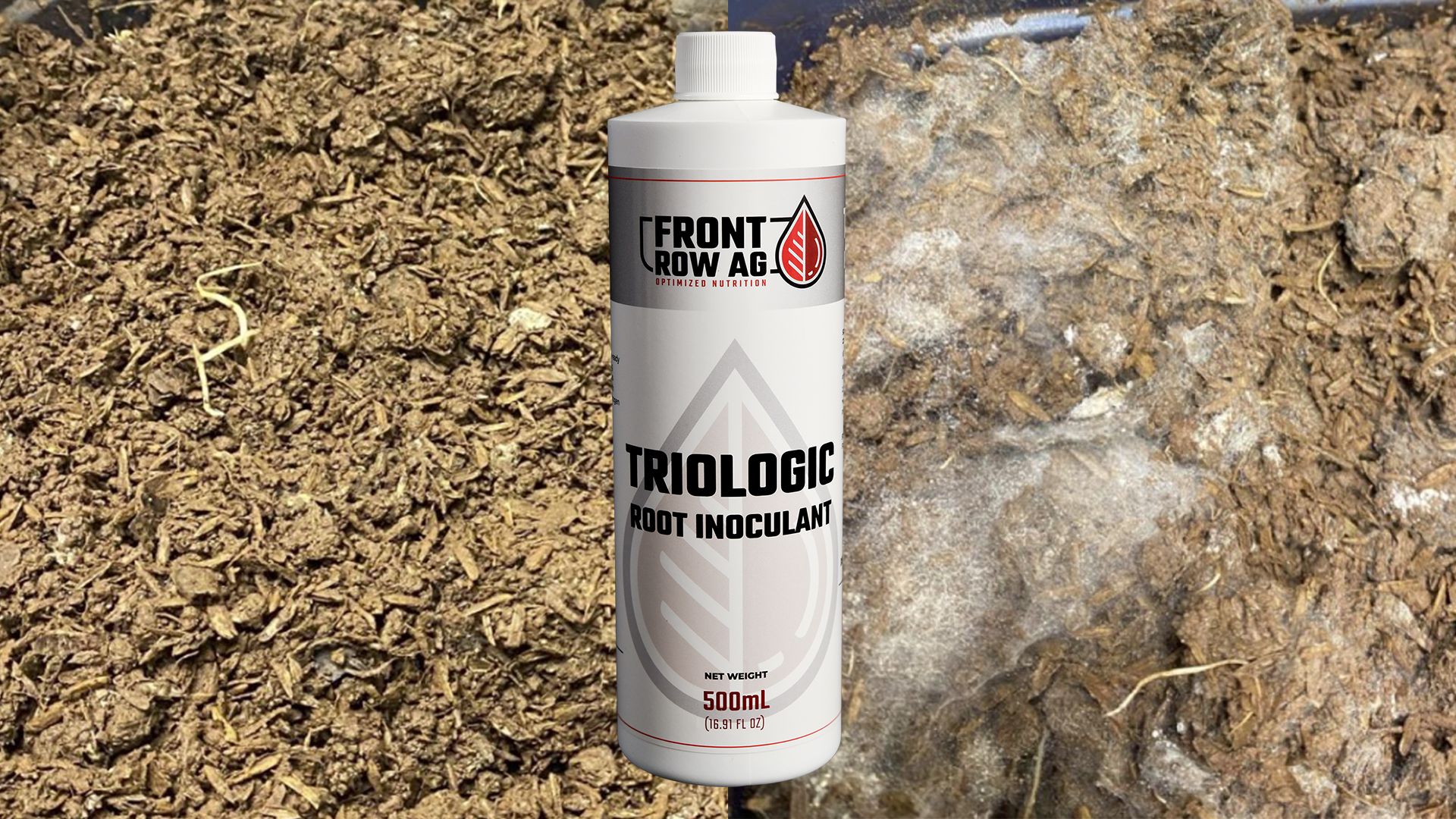
How To Use Triologic As A Mycorrhizae Amplifier
How Front Row Ag Triologic Facilitates Mycorrhization through promotion of mycorrhizae spore germination, mycorrhizal fungal growth prior to root colonization, and promotion of the plant's ability to allow mycorrhizal colonization.
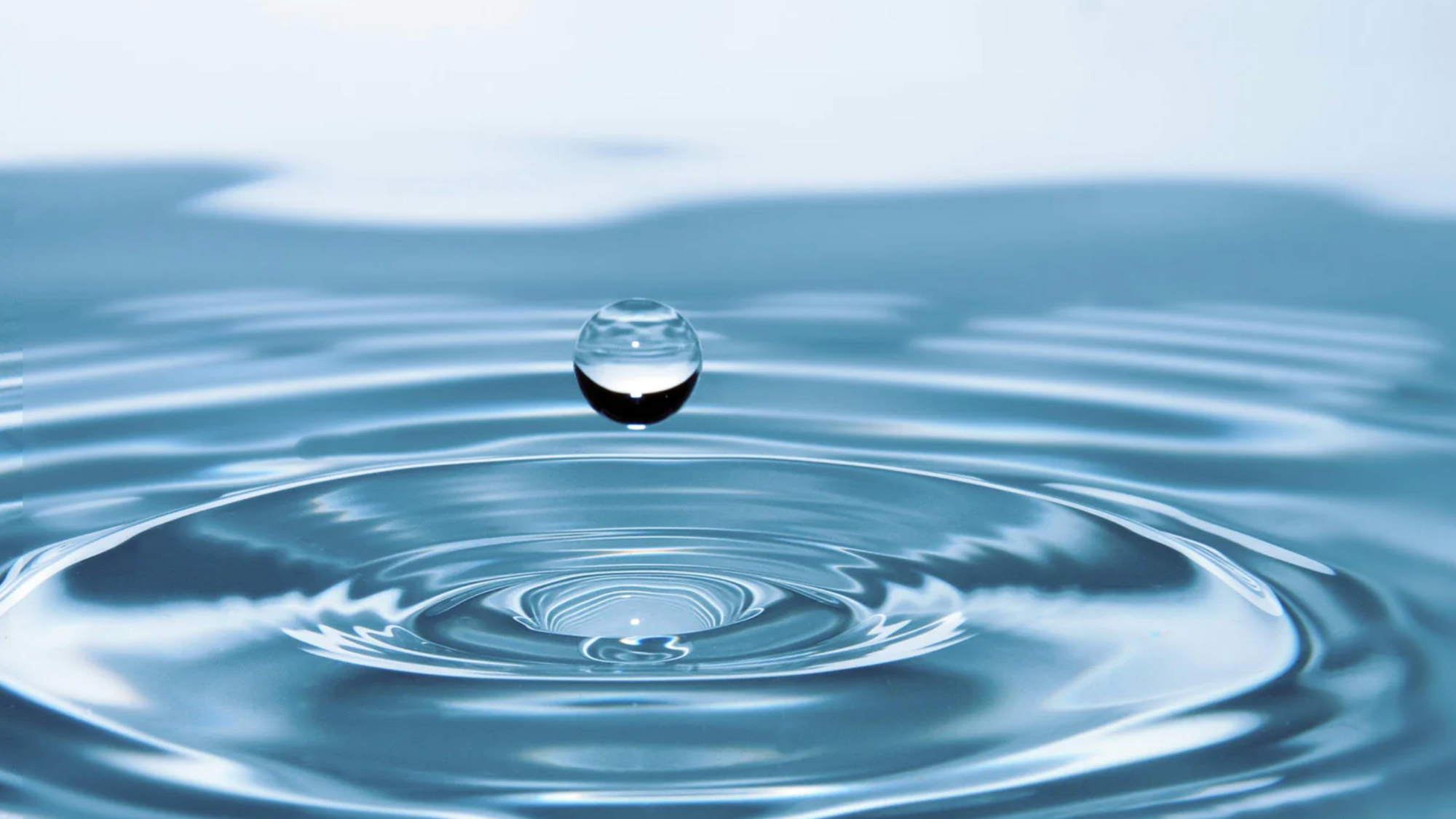
Water Cleanliness in Irrigation Systems
Water quality issues arise from seasonal changes, temperature shifts, and poor filter maintenance. This article compares effective pathogen risk reduction through disinfection methods like UV light, ozone, peroxides, hypochlorous acid, and chlorine compounds like Calcium Hypochlorite.

Unlock Your Grow’s Potential With This Unbelievably Simple Equation: $/ft2/day
Calculate $/ft2/day for each cycle and cultivar, associate the outcome changes with their causes, then do whatever is required to further increase $/ft2/day. If a cheaper input (e.g. fertilizer) decreases price or yield - you can easily lose much more revenue than you saved in OpEx.
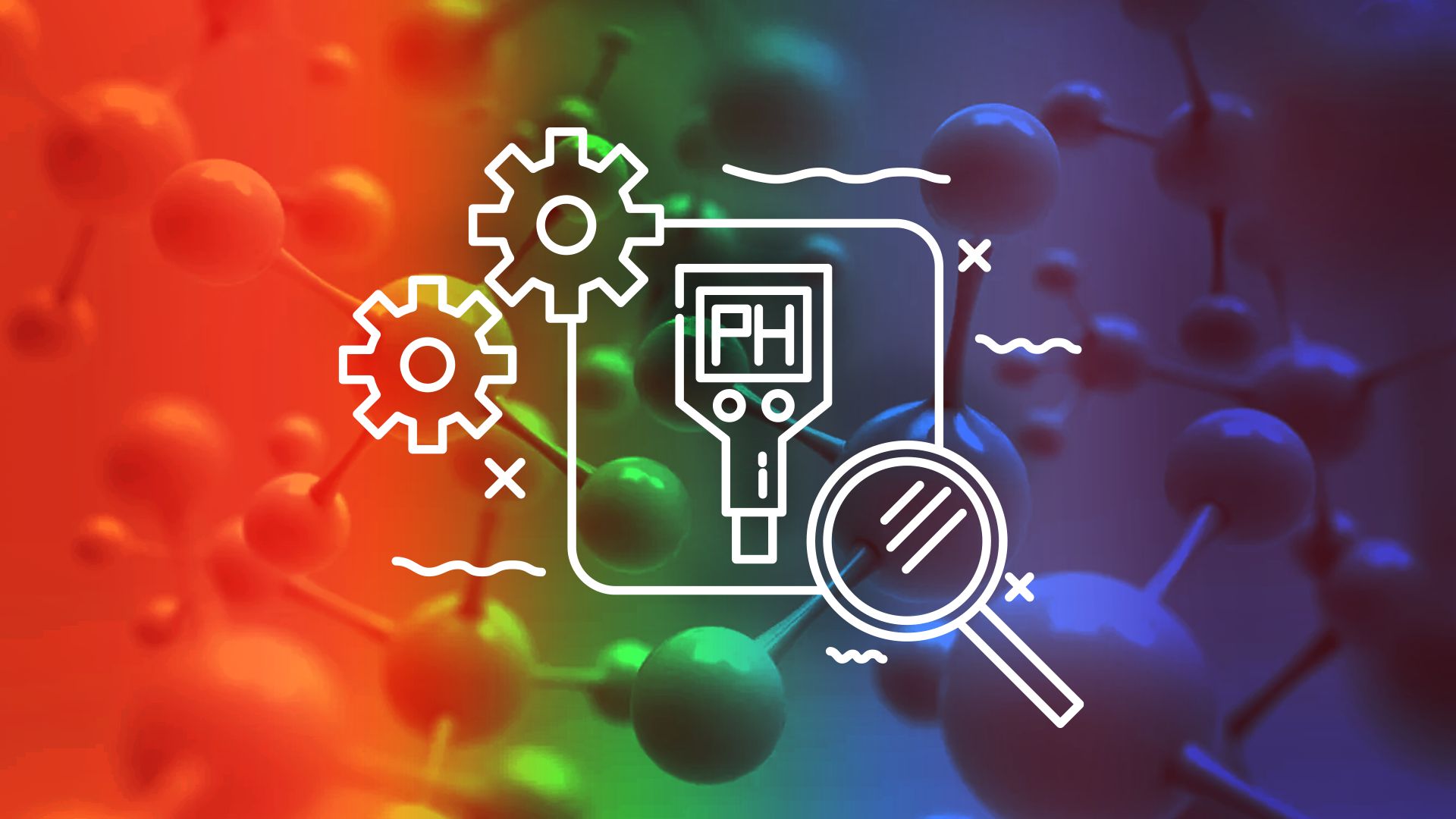
Understanding pH: More Than You Wanted To Know (Part 2)
How nutrient absorption affects rootzone pH, when to use acids or bases, commonly used acids and bases in hydroponics, and considerations on pH management for cultivators.
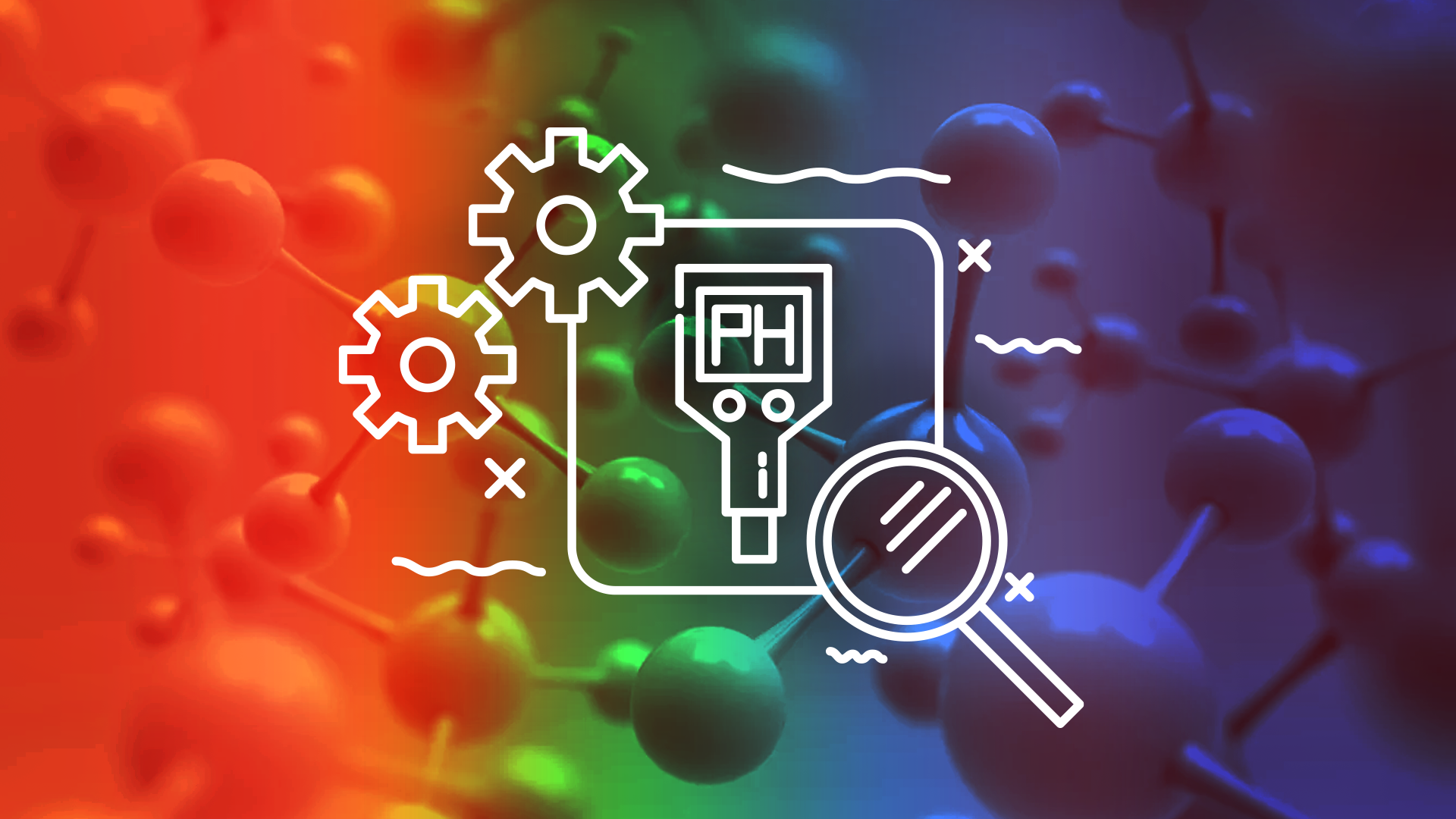
Understanding pH: More Than You Wanted To Know (Part 1)
The chemistry of pH, acids, and bases and practical implications for cultivation.
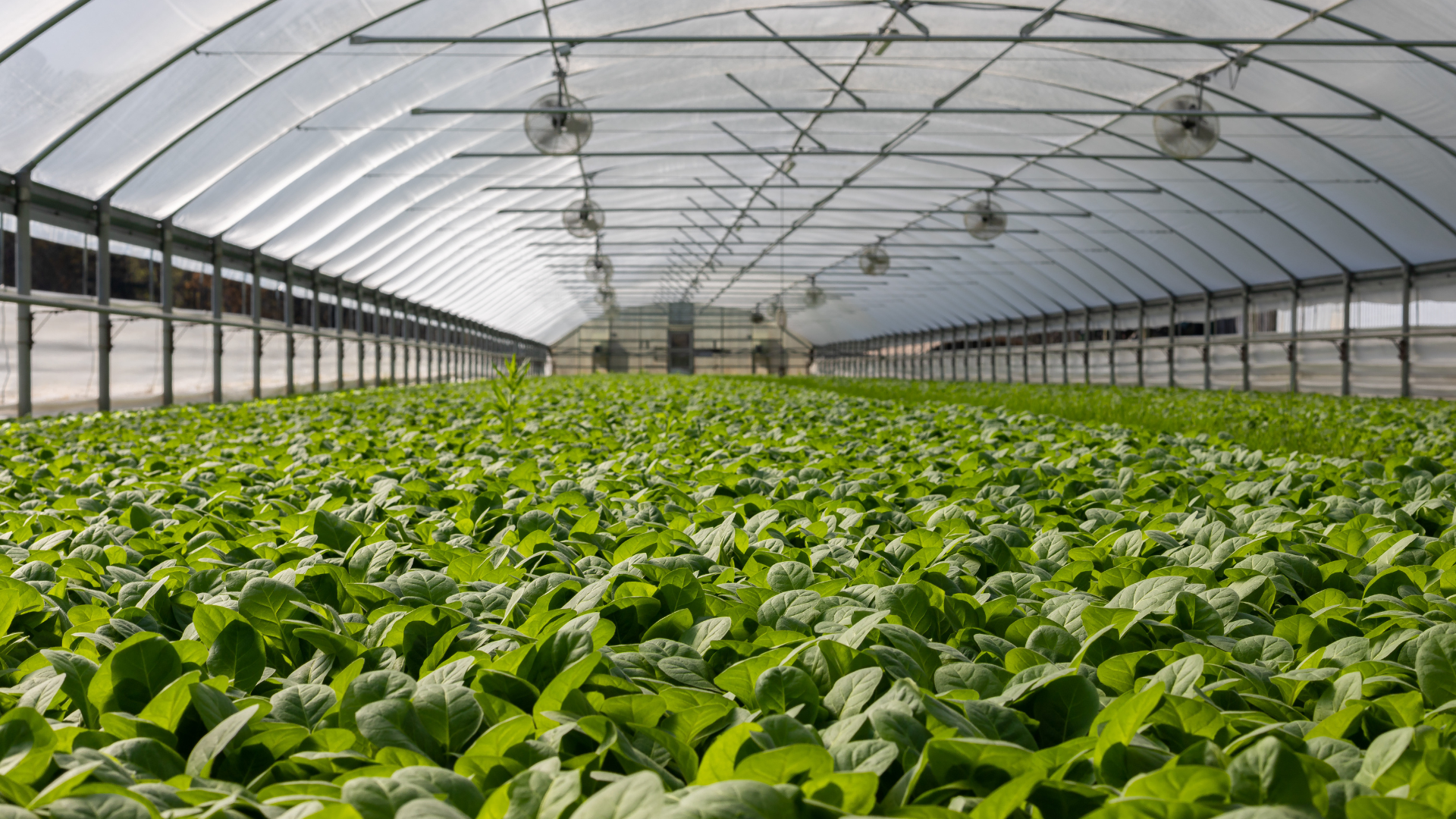
Crop Steering with Nitrogen
Deep dive into a research article on the metabolic mechanisms underpinning the response of canxxxis plants to nitrogen deficiency. Helping cultivators refine their crop steering strategy to achieve greater quality and yields.

The Impact of Nitrogen Supply on Canxxxinoid and Terxxxoid Profiles in Medical Canxxxis
A case for why the optimal nitrogen level for yield quantity, while allowing a relatively high content of secondary metabolites, is 160 ppm N.

Nitrate vs Ammonium in Canxxxis
Deep dive into a scientific study that supports the formulation of Front Row Ag products - Nitrogen Source Matters: High NH4/NO3 Ratio Reduces Canxxxinoids, Terpxxxids, and Yield in Medical Canxxxis by Saloner and Bernstein 2022

Stabilized MSA Products in Horticulture: Unlocking the Full Potential of Silica
Why we made Front Row Si with stabilized monosilicic acid (MSA). Comparing various methods for stabilizing MSA. The unique advantages of polyol-stabilized MSA solutions, such as Front Row Si.
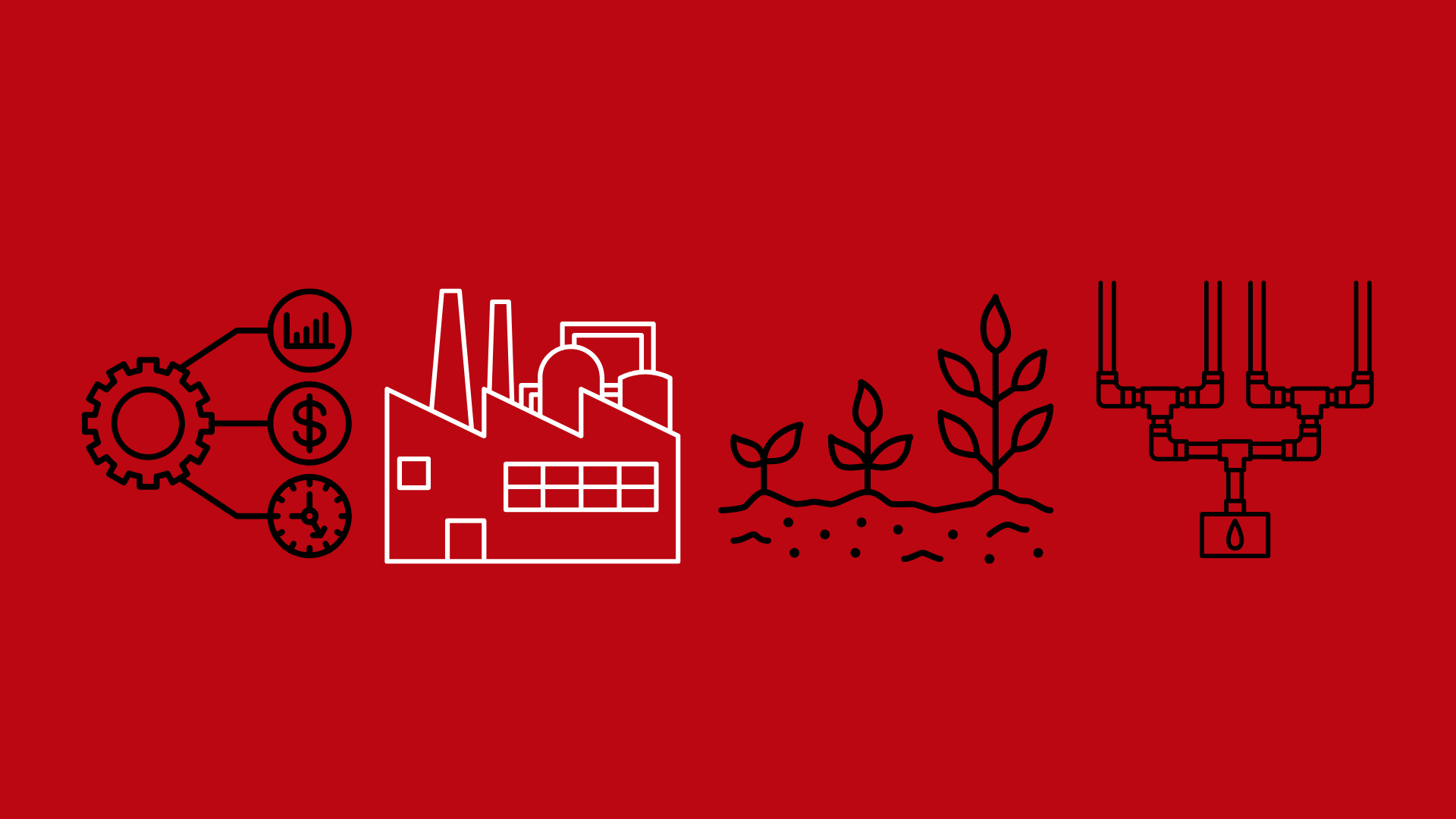
Lean Manufacturing in Canxxxis Cultivation
Implementing these lean manufacturing principles gives cultivators the best chance of improving and adapting in an uncertain and competitive production environment.
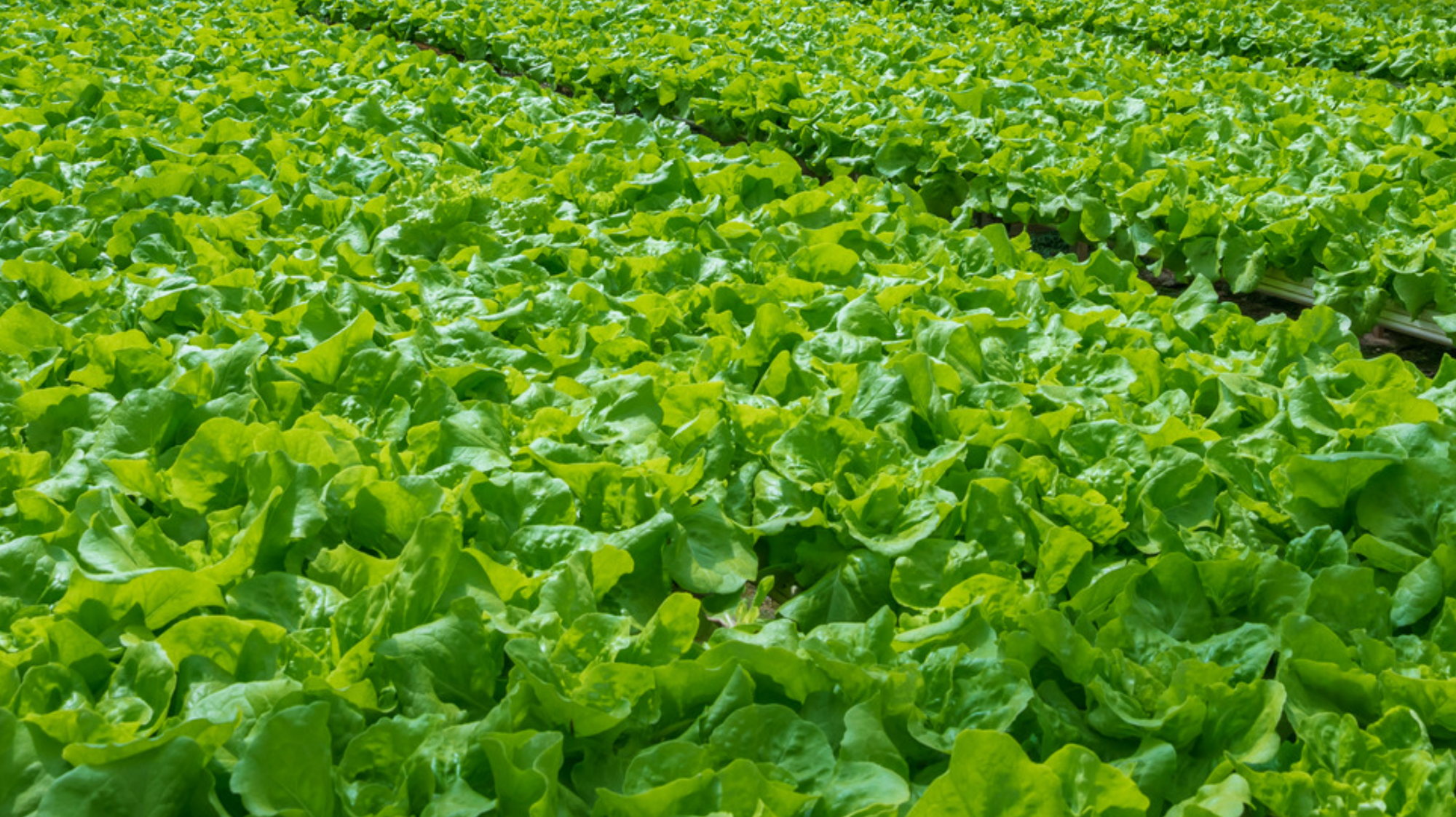
Optimizing Flower Site Density for Maximum Yield
Optimizing the density of flower sites within the canopy is essential for maximizing yield and quality in a garden. In this article, we will explore how to achieve optimal plant density by balancing plant size, spacing, and veg duration.

Understanding Silicic Acid
This article will discuss the use of silica (Si) in hydroponics, including: the different forms of silicon, their relevance to agriculture and hydroponic fertilizer, and functional benefits of Si in plants.
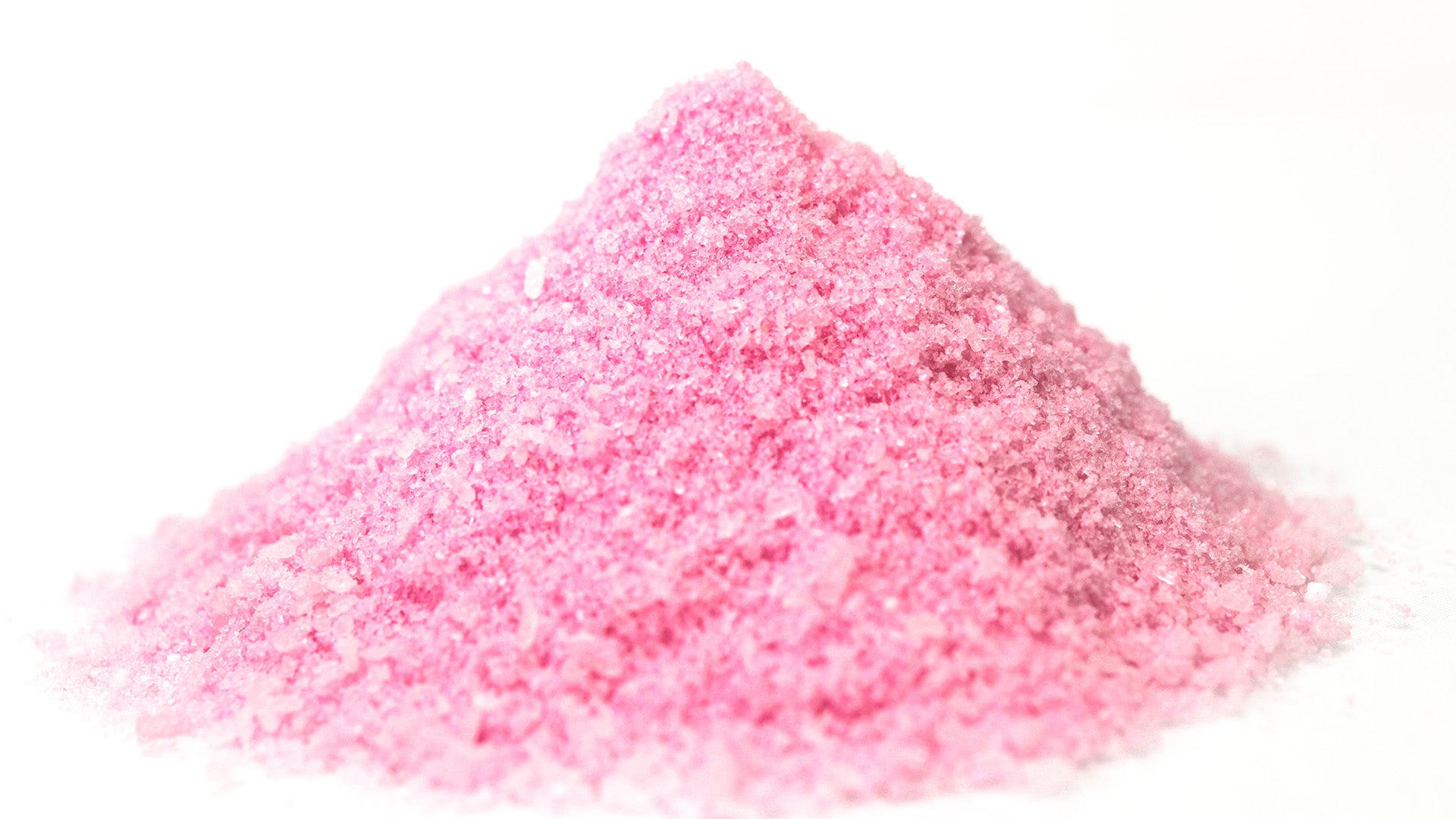
Salts Are Not Just Salts
Not all fertilizer blends are created equal. Choosing the right blend can impact plant growth and crop quality. Discover the importance of elemental ratios, micronutrient packages, and the quality and consistency of the inputs used to create a fertilizer blend.

Feed EC Considerations in Hydroponics
Expert advice on 6 key factors to consider when setting up a successful feed EC system for your plant growth cycle: irrigation strategy, substrate dryback and water content targets, light intensity and quality, climate considerations (VPD), and the phase of growth.
Subscribe to our blog
New articles. Directly to your inbox.
